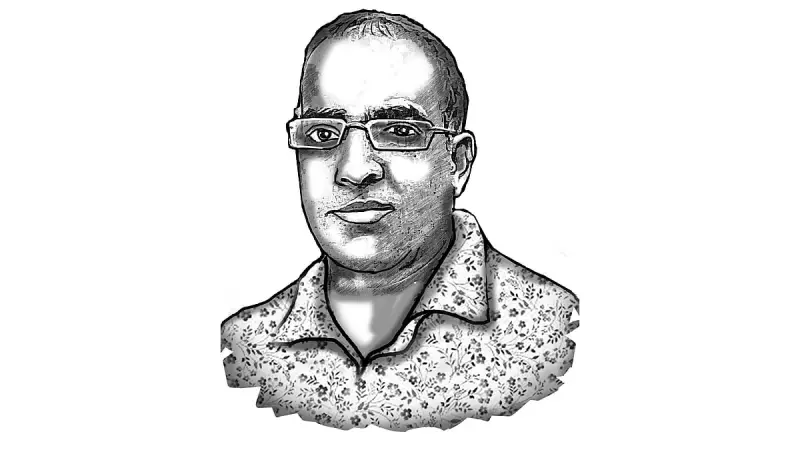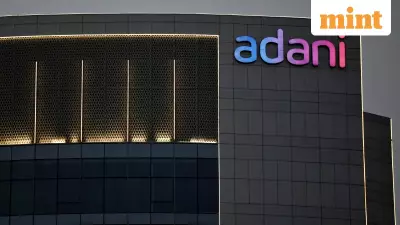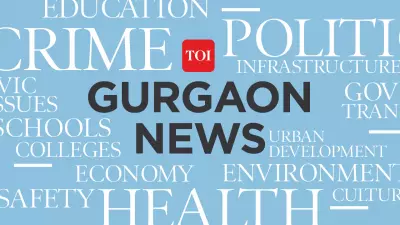
In the bustling heart of India's rapidly expanding cities, a silent war is being waged for control over public spaces. The very soul of our urban landscapes is at stake as competing interests clash over who truly owns the city.
The Disappearing Commons
Walk through any major Indian metropolis, and you'll witness the transformation firsthand. Public parks make way for commercial complexes, sidewalks disappear beneath parked vehicles, and traditional markets give way to sterile shopping malls. This systematic erosion of shared spaces raises fundamental questions about urban democracy and citizen rights.
The Street Vendor Conundrum
Perhaps nowhere is this conflict more visible than in the ongoing struggle of street vendors. These micro-entrepreneurs, who add vibrant color and convenience to city life, constantly face eviction drives and harassment. Despite protective legislation, implementation remains patchy, leaving thousands vulnerable to the whims of authorities and real estate pressures.
Gated Communities vs. Open Neighborhoods
The rise of gated communities represents another frontier in this urban battle. These enclosed spaces create islands of privilege while fragmenting the city's social fabric. As walls grow higher, the very concept of neighborhoods as organic, interconnected spaces diminishes.
Infrastructure for Whom?
Modern urban infrastructure projects often prioritize private vehicles over public transport, commercial interests over community needs. Flyovers and expressways cut through established communities, while pedestrian facilities remain neglected. The result? Cities that work better for cars than for people.
Reclaiming Our Cities
However, hope emerges from citizen-led movements and judicial interventions. Across India, communities are organizing to protect public parks, preserve heritage structures, and demand more inclusive urban planning. The judiciary has increasingly recognized the importance of public spaces as essential to urban quality of life.
The fundamental question remains: Are our cities becoming exclusive enclaves for the affluent, or can they retain their character as democratic spaces that welcome all citizens? The answer will determine not just the physical shape of our urban centers, but the very nature of Indian urban society.





